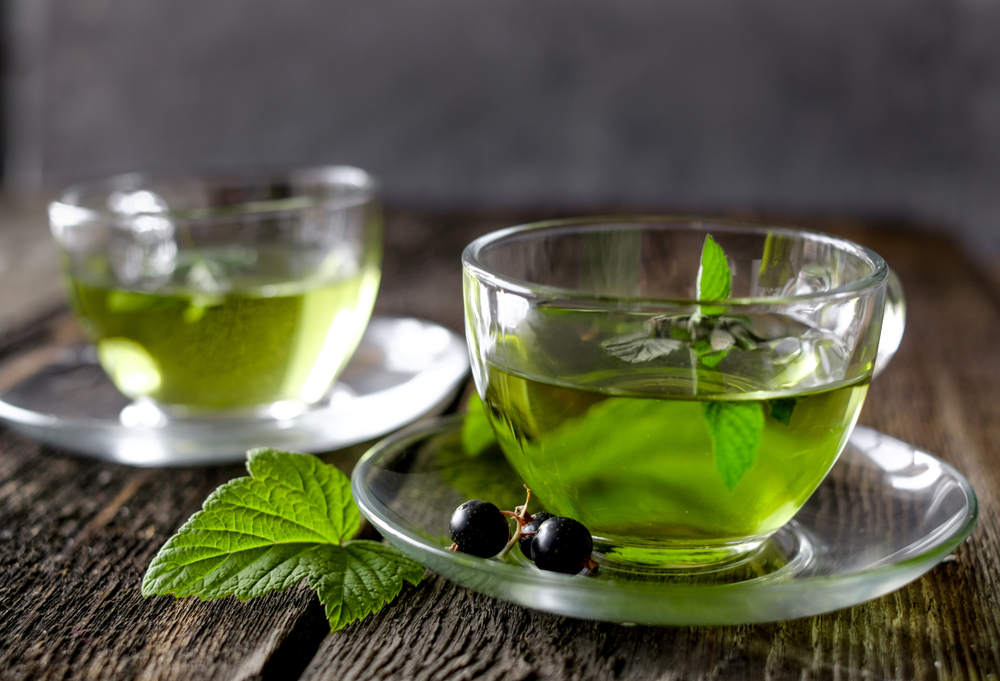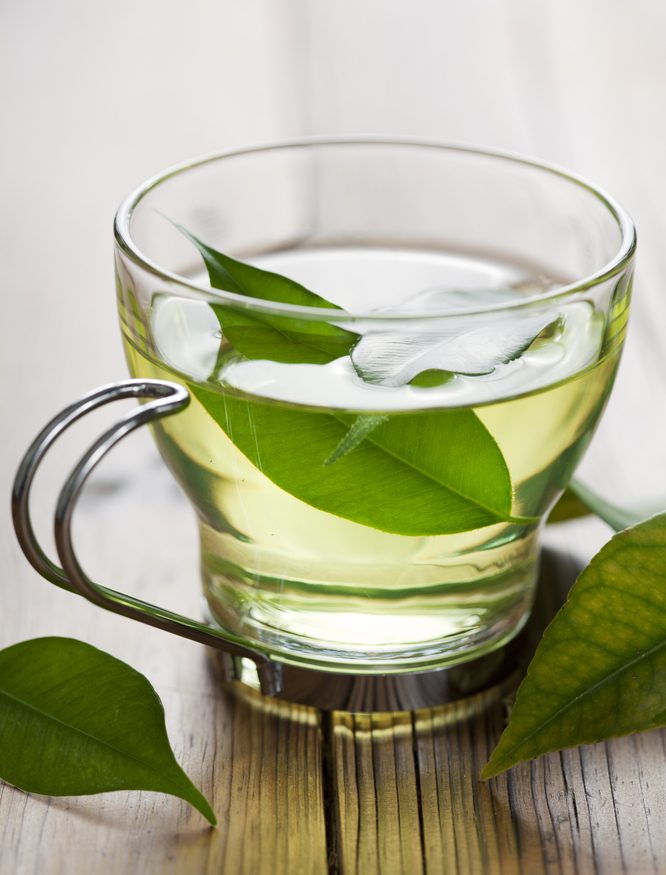The Ultimate Guide to Green Tea:
Green tea, revered for its numerous health benefits and rich history, has become a staple in households around the globe. Whether you’re a seasoned tea enthusiast or a curious newcomer, this guide will delve into everything you need to know about green tea. From its origins to its health benefits, and tips on brewing the perfect cup, we’ve got you covered.
What is Green Tea?
Green tea originates from the Camellia sinensis plant, the same plant used to produce black and oolong teas. The primary difference lies in the processing; green tea leaves are quickly steamed or pan-fired to prevent oxidation, preserving their green color and fresh flavor.
Why Green Tea Should Be a Part of Your Daily Routine:
Incorporating green tea into your daily routine can offer a refreshing change and numerous health benefits. Drinking green tea regularly can improve your overall wellness, thanks to its rich antioxidant content. Start your morning with a cup of green tea instead of coffee to enjoy a steady energy boost without the jitters. Green tea can also be a relaxing end to your day, helping you unwind and prepare for a good night’s sleep.
The Rich History of Green Tea:
Green tea has a storied history dating back thousands of years, originating in China. It has been an integral part of Chinese culture and medicine. Eventually, green tea spread to Japan and other parts of Asia before making its way to the West, where it gained popularity for its health benefits and unique taste.
Types of Green Tea:

There are several varieties of green tea, each with its unique flavor profile and characteristics. Here are some of the most popular types:
1. Sencha:
Sencha is the most common green tea in Japan, known for its bright green color and refreshing, grassy flavor.
2. Matcha:
Matcha is a finely ground powder made from specially grown green tea leaves. It is renowned for its vibrant green color and is often used in traditional Japanese tea ceremonies.
3. Gyokuro:
Gyokuro is a high-quality Japanese green tea with a sweet, rich flavor, thanks to its shaded growth process which enhances the chlorophyll content.
4. Dragonwell (Longjing):
Dragonwell is a famous Chinese green tea, celebrated for its flat, sword-shaped leaves and a delicate, chestnut-like flavor.
Health Benefits of Green Tea:
Green tea is not just a refreshing beverage; it’s also packed with health benefits. Here are some key reasons to incorporate green tea into your daily routine:
1. Rich in Antioxidants:
Green tea is loaded with polyphenols and catechins, powerful antioxidants that help combat free radicals and reduce inflammation.
2. Boosts Metabolism:
The catechins in green tea can aid in weight loss by boosting metabolism and increasing fat oxidation.
3. Enhances Brain Function:
Green tea contains caffeine and the amino acid L-theanine, which can improve brain function, enhance mood, and increase alertness without the jittery effects of coffee.
4. Reduces Risk of Chronic Diseases:
Regular consumption of green tea has been linked to a reduced risk of cardiovascular disease, certain cancers, and type 2 diabetes.
How to Brew the Perfect Cup of Green Tea:

Brewing green tea correctly is essential to enjoy its full flavor and benefits. Here’s a step-by-step guide:
Step 1: Choose High-Quality Tea
Opt for loose-leaf tea over tea bags for a fresher, more authentic taste.
Step 2: Use the Right Water Temperature
Green tea is delicate; water that’s too hot can scorch the leaves and create a bitter taste. The ideal temperature is between 160-180°F (70-80°C).
Step 3: Measure the Tea
Use about 1 teaspoon of loose-leaf tea per cup. Adjust according to your taste preference.
Step 4: Steep Correctly
Steep the tea for 2-3 minutes. Over-steeping can result in a bitter flavor.
Step 5: Enjoy
Pour the tea into your cup, sit back, and savor the refreshing taste.
Green Tea Recipes and Serving Suggestions:
Green tea is not just for sipping; it can be a versatile ingredient in your kitchen. Here are a few creative ways to enjoy green tea:
- Green Tea Smoothie: Blend a cooled cup of green tea with your favorite fruits, like bananas and berries, for a refreshing and healthy smoothie.
- Matcha Latte: Whisk matcha powder with hot water and add steamed milk for a creamy and energizing latte.
- Green Tea Ice Cream: Combine green tea powder with your ice cream mixture for a delicious and unique dessert.
Frequently Asked Questions (FAQs):
Q1. What are the primary health benefits of green tea?
A1: Green tea is renowned for its health benefits, including:
- Antioxidants: High in polyphenols and catechins, which help combat oxidative stress.
- Weight Loss: Boosts metabolism and aids in fat oxidation.
- Heart Health: Reduces the risk of cardiovascular diseases by improving cholesterol levels.
- Brain Function: Enhances cognitive functions and alertness due to caffeine and L-theanine.
- Cancer Prevention: Contains compounds that may reduce the risk of certain cancers.
Q2: How much green tea should I drink daily?
A2: Moderation is key. Generally, 3-5 cups per day are recommended to enjoy the health benefits without adverse effects. Too much green tea can lead to excessive caffeine intake and potential side effects such as insomnia or stomach upset.
Q3: What is the best time to drink green tea?
A3: The best times to drink green tea are:
- Morning: As a refreshing start to the day.
- Afternoon: To combat the afternoon slump and boost focus.
- Post-Meal: To aid digestion.
Conclusion:
Green tea is a versatile and healthful beverage with a rich history and a variety of delightful flavors. By understanding its types, benefits, and the correct brewing method, you can fully appreciate what green tea has to offer. Make green tea a part of your daily routine and enjoy both its taste and health benefits.
Our Healthy Dishes:
Summer Specials:
Try Other:
Gujarati Specials:
Green Tea Recipe , Green Tea Benefits , Green Tea Types , Healthy Green Tea



